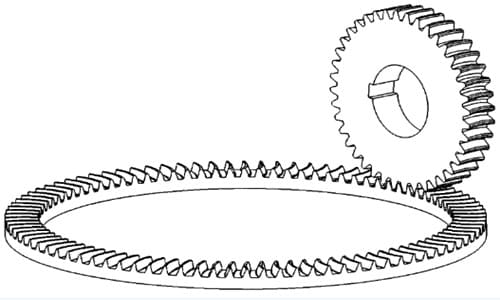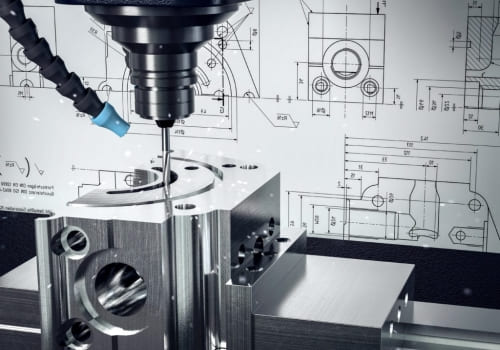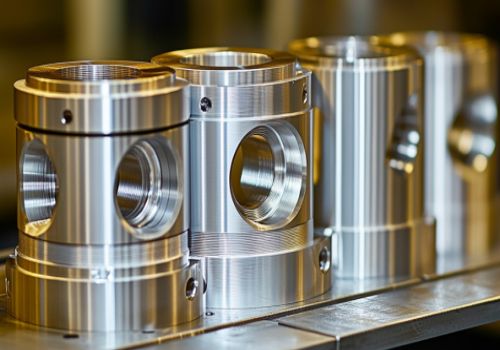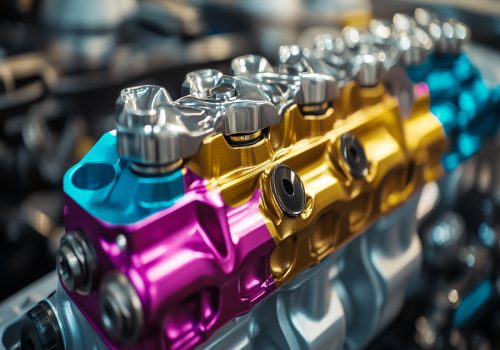The face gear transmission is a transmission in which a cylindrical gear meshes with a face gear. According to the shape of the gear teeth, face gears can be divided into three types: straight teeth, helical teeth and arc teeth. According to the mutual positional relationship between the two gear shafts, they are divided into two types: intersecting and staggered. Since the face gear meshes with the cylindrical gear, the tooth thickness at the inner diameter position is thin, and the tip of the tooth tip becomes sharper at the outer diameter position. Therefore, the traditional face gear is suitable for transmitting lower loads. With the development of face gear precision grinding technology, face gears have been increasingly used in high-speed and heavy-duty transmission conditions.
Features of face gear transmission
The face gear transmission is the same as the bevel gear transmission, both of which transmit motion including a certain angle of intersection. By comparing the advantages and disadvantages of these two transmission methods, we can understand the transmission features of the face gear. Compared with bevel gear transmission, face gear transmission has the following advantages:
- The face gear transmission is realized by the mutual meshing of the face gear and the cylindrical gear. Since the pinion is a cylindrical gear, the error caused by its axial movement has little effect on the transmission performance. In the process of bevel gear transmission, the cone tops of the two bevel gears should coincide. If the axial error occurs, it will cause serious eccentric load phenomenon. Therefore, in some important bevel gear transmissions, special anti-dislocation (prevention of cone top separation) design is required. At the same time, since the pinion driven by the face gear is a spur gear, there is no axial force, which can simplify the support and reduce the structural weight of the system, which is very beneficial for the occasions where space is limited and light weight is required in the aviation industry.
- Although the face gear transmission still belongs to the point contact transmission, it can still guarantee the fixed transmission ratio transmission in theory, so the vibration and noise of the face gear transmission are low. In principle, the point-contact bevel gear transmission cannot guarantee a fixed transmission ratio transmission, and its transmission ratio will fluctuate within a certain range.
- Because many bevel gears are manufactured by pairing in the manufacturing process, that is, in the manufacturing process, the pinion is first processed, and then the large gear used with it is processed according to the tooth surface of the pinion. Therefore, a pair of bevel gears cannot be as interchangeable as cylindrical gears during use. Since the pinion gears are more prone to wear and fail faster, only one pair of bevel gears can be replaced at the same time. The pinion of the face gear drive is a spur gear, so it has high interchangeability.
- Due to the complex shape of the tooth surface of bevel gears (especially spiral bevel gears), the shape of the tooth surface is not uniform during the manufacturing process, so the bevel gears produced by different manufacturers usually have different tooth surface shapes. Parameters It is also different, which causes a lot of trouble for the processing, manufacturing, testing and maintenance of bevel gears. The face gear has a unified theoretical tooth surface.
- Compared with the bevel gear transmission, the face gear transmission has a greater degree of coincidence. The coincidence degree of the face gear can reach above 2.0, and a large coincidence degree is very important to improve the bearing capacity and increase the smoothness of the transmission.
- Compared with the bevel gear transmission, the face gear transmission can reduce the weight and the structure is more compact. This feature is particularly important for the aerospace industry where weight restrictions are required.
Of course, due to the particularity of the face gear tooth surface, the face gear transmission also has the following shortcomings compared with the bevel gear transmission:
- In the processing of cylindrical gears and bevel gears, a tool can be used to process gears with the same module and different parameters. The size of the tool used in face gear machining is the same as that of the actual meshing cylindrical gear. Therefore, for face gears of different sizes and numbers of teeth, the parameters of the machining tools are also different, which will increase the number of tools and increase the processing cost.
- Due to the different shapes of the face gears reflected in the direction of the tooth width, there is undercutting at the inner diameter and sharp corners at the outer diameter. Therefore, the tooth width of the face gear cannot be designed to be too long, and the transmission strength is limited to a certain extent.
Although the face gear transmission has the above disadvantages compared with the bevel gear transmission, these disadvantages can be compensated with the development of technology. For example, by improving the properties of the gear material, the load-carrying capacity of the gear can be increased. Therefore, the application of face gears will become more and more extensive.
As a professional CNC machining manufacturer, DO Machining not only produce metal parts, but plastic and wood parts are also available.
Please visit our CAPABILITIES and what PRODUCTS we did.
CNC machining service is the core business of DO Machining, from protptyes to bulk production, our professional 3/4/5 aixs CNC machining centers, CNC turning equipments, CNC turning-milling equipments, CNC grinding machines etc., are operated by well trained manufacturing engineers to meet the demands from global 1000+ customers in 30+ industries.
CNC Machining can be done starting with blanks produced from standard bar stock or one of DO Machining other manufacturing processes.
Contact us to see how we can provide overall value to your CNC machining needs.










